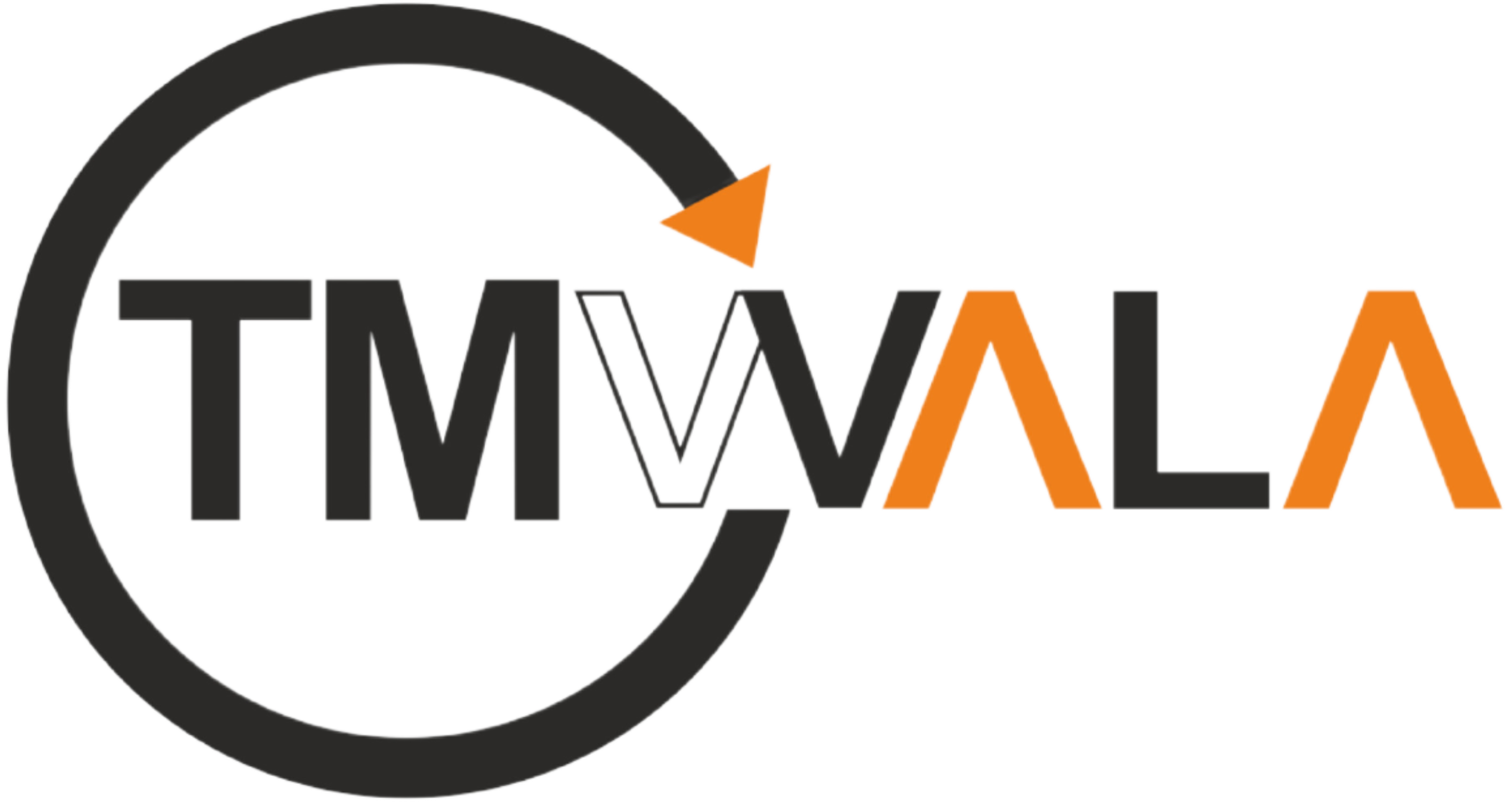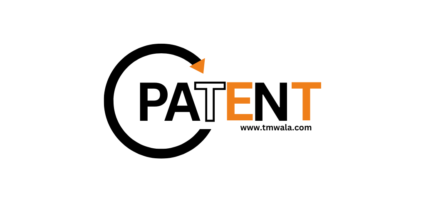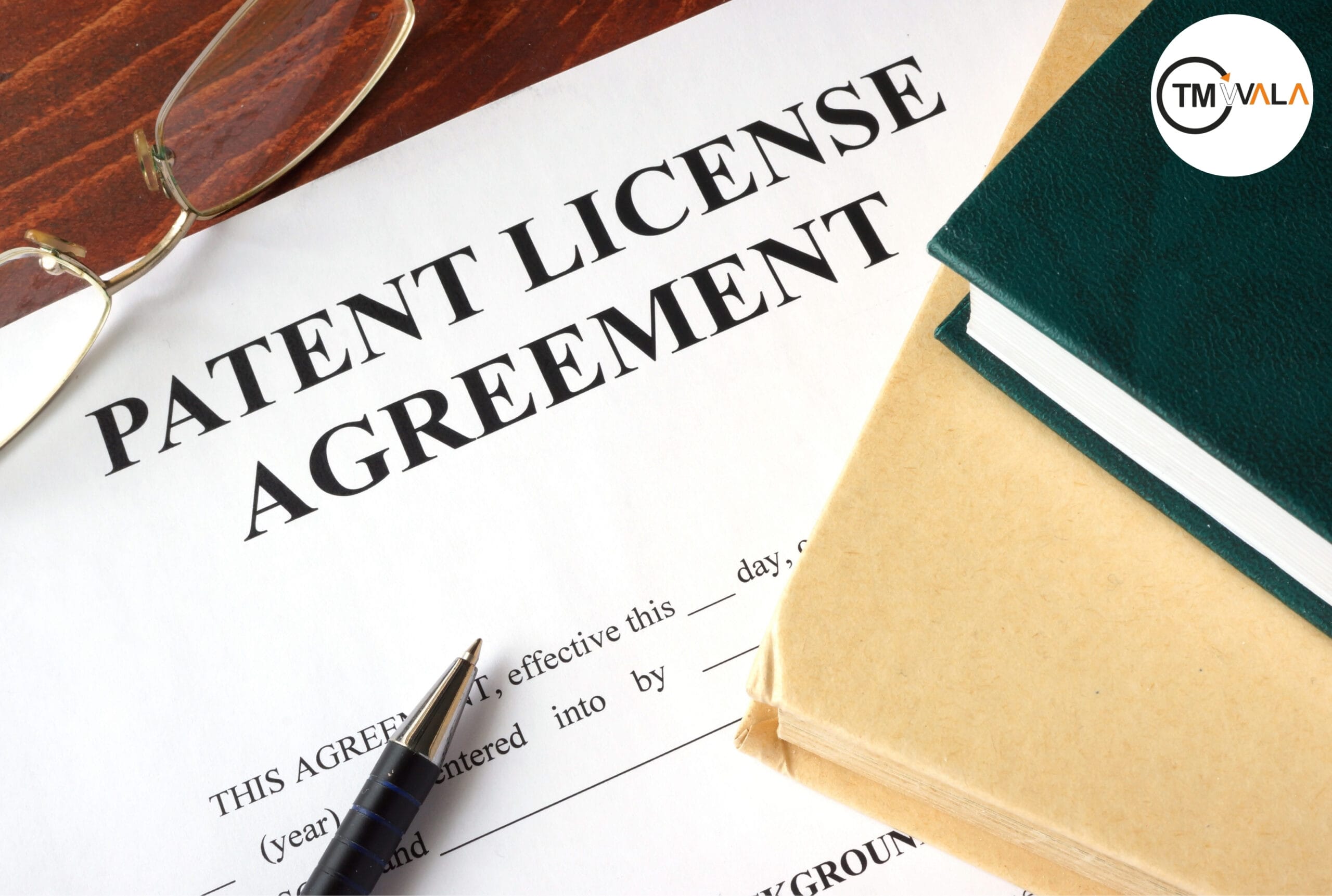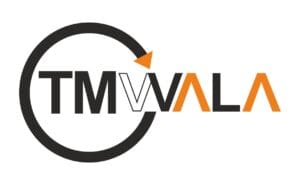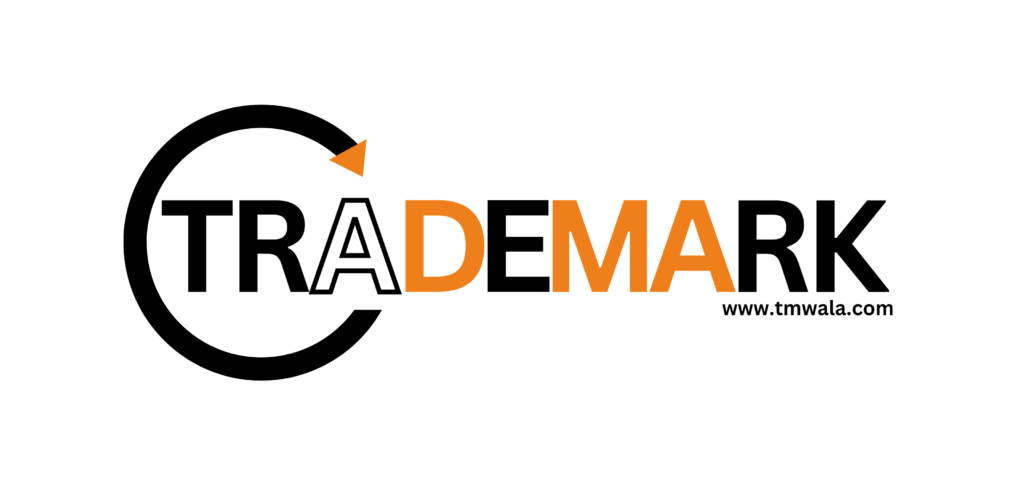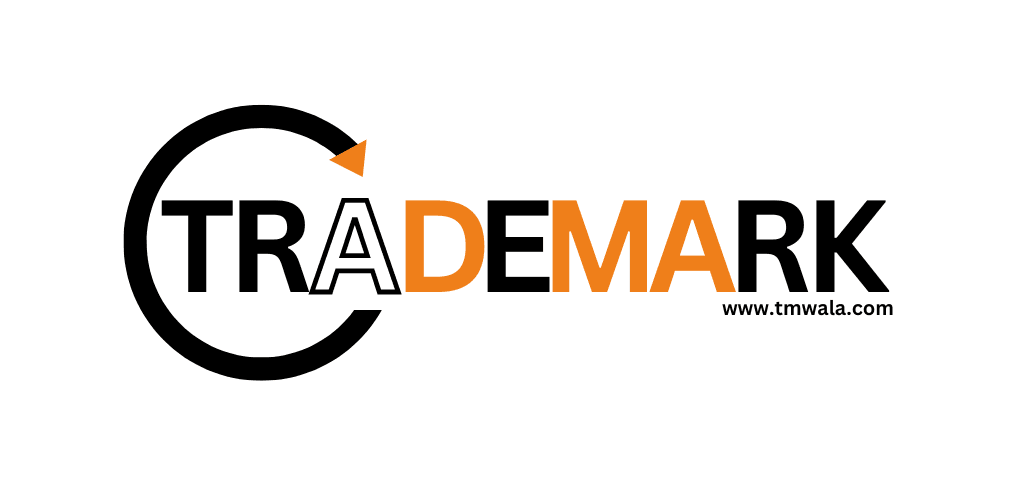Patents are valuable intellectual property assets that grant exclusive rights to inventors for their innovations. Once granted, patents can be utilized in various ways to maximize their commercial potential. Two key mechanisms for leveraging patent rights are licensing and assignment. Understanding these processes is essential for patent holders looking to monetize their inventions or for businesses seeking to expand their portfolios. This comprehensive guide explores patent licensing and assignment in detail, providing a clear and legally sound understanding of these concepts involved in patent licensing and assignment.
Patent Licensing
Patent licensing allows the patent holder (licensor) to permit another party (licensee) to use, manufacture, or sell the patented invention under specified conditions. Licensing is a strategic tool for both parties to benefit from the patent without transferring ownership. It plays a central role in many patent licensing and assignment strategies, especially when the patent holder prefers to retain ownership.
Types of Patent Licenses
a. Exclusive License: An exclusive license grants the licensee exclusive rights to use, manufacture, or sell the patent within a specific territory or field of use. The licensor agrees not to grant similar rights to any other party, including itself. This type of license is often used to incentivize licensees by providing them with a competitive advantage.
b. Non-Exclusive License: A non-exclusive license allows multiple licensees to use the patented invention simultaneously. The licensor retains the right to grant licenses to other parties, including the licensee. This type of license is often used to generate revenue from multiple sources while maintaining control over the patent.
c. Sole License: A sole license is a hybrid between exclusive and non-exclusive licenses. The licensor grants exclusive rights to the licensee, but the licensor retains the right to use the patent itself. This arrangement is less common but can be useful in specific circumstances.
d. Cross-Licensing: In a cross-licensing agreement, two or more parties grant each other rights to their respective patents. This arrangement allows each party to use the other’s patents without infringement, often facilitating cooperation and reducing litigation risks.
Key Components of a Licensing Agreement
a. Scope of License: The agreement should clearly define the scope of the license, including the specific rights granted, the field of use, and the geographical territory. It should also specify any limitations or exclusions.
b. Royalties and Payment Terms: Licensing agreements typically involve financial considerations, such as royalties, lump-sum payments, or milestone payments. The agreement should outline the payment structure, including the calculation method, frequency, and any additional financial terms.
c. Duration of License: The agreement should specify the term of the license, including the start and end dates. It should also address conditions for renewal or extension, if applicable.
d. Rights and Obligations: The agreement should outline the rights and obligations of both parties, including any requirements for reporting, record-keeping, and quality control. It should also address responsibilities for enforcing the patent and handling any potential infringements.
e. Termination and Dispute Resolution: The agreement should include provisions for terminating the license, including the conditions under which termination may occur. It should also specify procedures for resolving disputes, such as mediation or arbitration.
These are the fundamental elements in any agreement involving patent licensing and assignment, ensuring clarity and legal compliance.
Benefits and Considerations of Patent Licensing
Benefits for Licensors
- Revenue Generation: Licensing can provide a steady stream of income through royalties and other payments.
- Market Expansion: Licensing allows patentees to enter new markets or fields without directly investing in them.
- Risk Mitigation: By licensing patents to others, licensors can reduce the risks associated with commercialization and competition.
Benefits for Licensees
- Access to Technology: Licensees gain access to valuable technology or inventions without the need for extensive R&D.
- Reduced Litigation Risks: Licensing agreements often include indemnification clauses, reducing the risk of patent infringement lawsuits.
- Market Advantage: Licensing can provide a competitive edge by allowing licensees to use patented technology that is not available to others.
Proper structuring of patent licensing and assignment agreements ensures mutual benefit and compliance.
Considerations for Both Parties
- Negotiation: Licensing agreements should be carefully negotiated to ensure that both parties’ interests are protected.
- Compliance: Both parties must comply with the terms of the agreement, including payment obligations and reporting requirements.
- Intellectual Property Management: Effective management of patent portfolios is essential for maximizing the value of licensing agreements.
Patent Assignment
Patent assignment involves the transfer of ownership rights in a patent from one party (assignor) to another (assignee). Unlike licensing, which grants usage rights while retaining ownership, assignment transfers full ownership of the patent. Understanding the distinction is critical when exploring patent licensing and assignment as business strategies.
Types of Patent Assignments
a. Full Assignment: A full assignment transfers all rights, title, and interest in the patent to the assignee. The assignor relinquishes all claims to the patent, and the assignee becomes the new owner with full control over the patent.
b. Partial Assignment: A partial assignment transfers only specific rights or interests in the patent. This type of assignment may involve transferring rights to a particular field of use or geographical territory, while the assignor retains other rights.
Each type serves a specific business purpose and should be aligned with broader patent licensing and assignment plans.
Key Components of a Patent Assignment Agreement
a. Identification of Parties The agreement should clearly identify the assignor and assignee, including their legal names and addresses.
b. Description of Patent The agreement should provide a detailed description of the patent being assigned, including the patent number, title, and any relevant application or registration details.
c. Assignment Terms The agreement should outline the terms of the assignment, including the transfer of rights, title, and interest in the patent. It should specify whether the assignment is full or partial and any conditions or restrictions on the assignment.
d. Consideration The agreement should specify the consideration or payment for the assignment, including the amount, payment terms, and any additional financial terms.
e. Execution and Recording The agreement must be signed by both parties and may require formal execution procedures, such as notarization. In many jurisdictions, the assignment must be recorded with the relevant patent office to be effective.
Benefits and Considerations of Patent Assignment
Benefits for Assignors
- Monetization: Assignors can monetize their patents by selling them to interested parties, generating immediate financial benefits.
- Focus: Assigning patents allows assignors to focus on their core business activities and reduce administrative burdens.
Benefits for Assignees
- Ownership: Assignees gain full ownership and control over the patent, including the right to enforce it and license it to others.
- Strategic Advantage: Acquiring patents can enhance the assignee’s technology portfolio, provide a competitive edge, and support business growth.
Both parties should conduct due diligence and understand how the assignment fits within their patent licensing and assignment strategy.
Considerations for Both Parties
- Due Diligence: Both parties should conduct thorough due diligence to ensure the patent is valid, enforceable, and free of encumbrances.
- Legal Formalities: Proper execution and recording of the assignment are crucial for establishing and protecting ownership rights.
- Impact on Business: Consider the impact of the assignment on business operations, including any changes in strategy or market position.
Conclusion
Patent licensing and assignment are essential mechanisms for leveraging patent rights and maximizing their commercial potential. Licensing allows patent holders to grant usage rights while retaining ownership, providing opportunities for revenue generation and market expansion. Assignment, on the other hand, involves the transfer of full ownership, offering benefits such as monetization and strategic growth.
Understanding the key components, benefits, and considerations of both patent licensing and assignment is crucial for making informed decisions and effectively managing patent assets. Whether you are a patent holder seeking to monetize your invention or a business looking to expand your portfolio, careful planning and negotiation are essential for achieving successful outcomes.
If you are involved in patent licensing or assignment, consulting with intellectual property professionals and legal experts can provide valuable guidance and support throughout the process. Their expertise can help you navigate the complexities of patent transactions and ensure that your interests are protected.
By leveraging patent licensing and assignment effectively, you can unlock the full potential of your intellectual property and drive innovation and growth in your business.
FAQs
1. What is the difference between patent licensing and patent assignment?
Patent licensing grants permission for another party to use, manufacture, or sell a patented invention under agreed terms, while the original owner retains ownership. Patent assignment transfers full ownership of the patent to another party.
2. What are the main types of patent licenses?
The four common types are:
- Exclusive License – Only one licensee gets the rights, and even the licensor can’t use it.
- Non-Exclusive License – Multiple licensees can use the invention.
- Sole License – One licensee gets exclusive rights, but the licensor can still use it.
- Cross-Licensing – Two or more parties exchange rights to their patents.
3. What should a patent licensing agreement include?
It should clearly state the scope of the license, royalties/payment terms, duration, rights and obligations, and provisions for termination and dispute resolution.
4. What are the benefits of patent licensing for the licensor?
Licensors can generate revenue through royalties, expand into new markets without direct investment, and reduce risks associated with commercialization.
5. What are the benefits of patent licensing for the licensee?
Licensees gain access to valuable technology without heavy R&D costs, reduce litigation risks, and gain a competitive edge in the market.
6. What is a patent assignment?
Patent assignment is the legal transfer of ownership rights from the original patent holder (assignor) to another party (assignee), either fully or partially.
7. What are the main types of patent assignments?
- Full Assignment – Transfers all rights, title, and interest in the patent.
- Partial Assignment – Transfers only certain rights, such as for a specific use or territory.
8. What must be included in a patent assignment agreement?
It should identify both parties, describe the patent in detail, state the assignment terms, specify payment/consideration, and include execution and recording requirements.
9. Why is recording a patent assignment important?
Recording with the relevant patent office legally establishes ownership and protects the assignee’s rights against future disputes.
10. Should I seek legal help for patent licensing or assignment?
Yes. Intellectual property professionals can ensure agreements are legally sound, protect your interests, and help you navigate complex negotiations.
